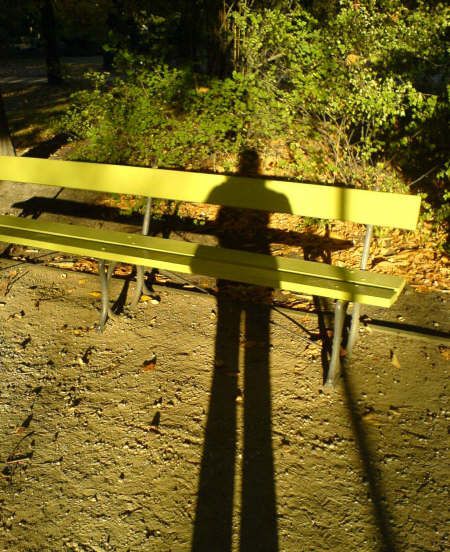|
First Aid for Drowning
Learn the emergency steps that could save your child's life
By Daphne Sashin
Drowning is the leading cause of injury-related death among children ages 1 to 4 -- and the second-leading cause of death in children 14 and under. Young kids are especially at risk because they're curious, fast, and attracted to water but are not yet able to understand how dangerous it is. The good news is that a few safety precautions can prevent most drownings. If your child is the victim of a near-drowning (心脏未停搏则称溺水,否则为溺死), this fast-action rescue plan can prevent a tragedy.
In an Emergency
Your first priority is to get a drowning child out of the water as quickly as possible. If she isn't breathing, place her on her back on a firm surface. Immediately begin rescue breathing(人工呼吸), below, and have someone call for help. Don't assume it's too late to save a child's life -- even if she's unresponsive, continue performing CPR(cardiopulmonary resuscitation心肺复苏) and do not stop until medical professionals take over.
1 To open your child's airway, gently tilt her head back with one hand, and lift her chin with the other. Put your ear to the child's mouth and nose, and look, listen, and feel for signs that she is breathing.
2 If your child doesn't seem to be breathing>
Infants under age 1: Place your mouth over infant's nose and lips and give two breaths, each lasting about 1½ seconds. Look for the chest to rise and fall.
Children 1 and older: Pinch child's nose and seal your lips over her mouth. Give two slow, full breaths (1½ to 2 seconds each). Wait for the chest to rise and fall before giving the second breath.
3 If the chest rises, check for a pulse (see number 4).
If the chest doesn't rise, try again. Retilt the head, lift the child's chin, and repeat the breaths.
4 Check for a pulse
Put two fingers on your child's neck to the side of the Adam's apple (for infants, feel inside the arm between the elbow and shoulder). Wait five seconds. If there is a pulse, give one breath every three seconds. Check for a pulse every minute, and continue rescue breathing until the child is breathing on her own or help arrives.
5 If you can't find a pulse
Infants under age 1: Imagine a line between the child's nipples, and place two fingers just below its centerpoint. Apply five half-inch chest compressions in about three seconds. After five compressions, seal your lips over your child's mouth and nose and give one breath.
Children 1 and older: Use the heel of your hand (both hands for a teenager or adult) to apply five quick one-inch chest compressions to the middle of the breastbone (just above where the ribs come together) in about three seconds. After five compressions, pinch your child's nose, seal your lips over his mouth, and give one full breath.
All ages: Continue the cycle of five chest compressions followed by a breath for one minute, then check for a pulse. Repeat cycle until you find a pulse or help arrives and takes over. | 







